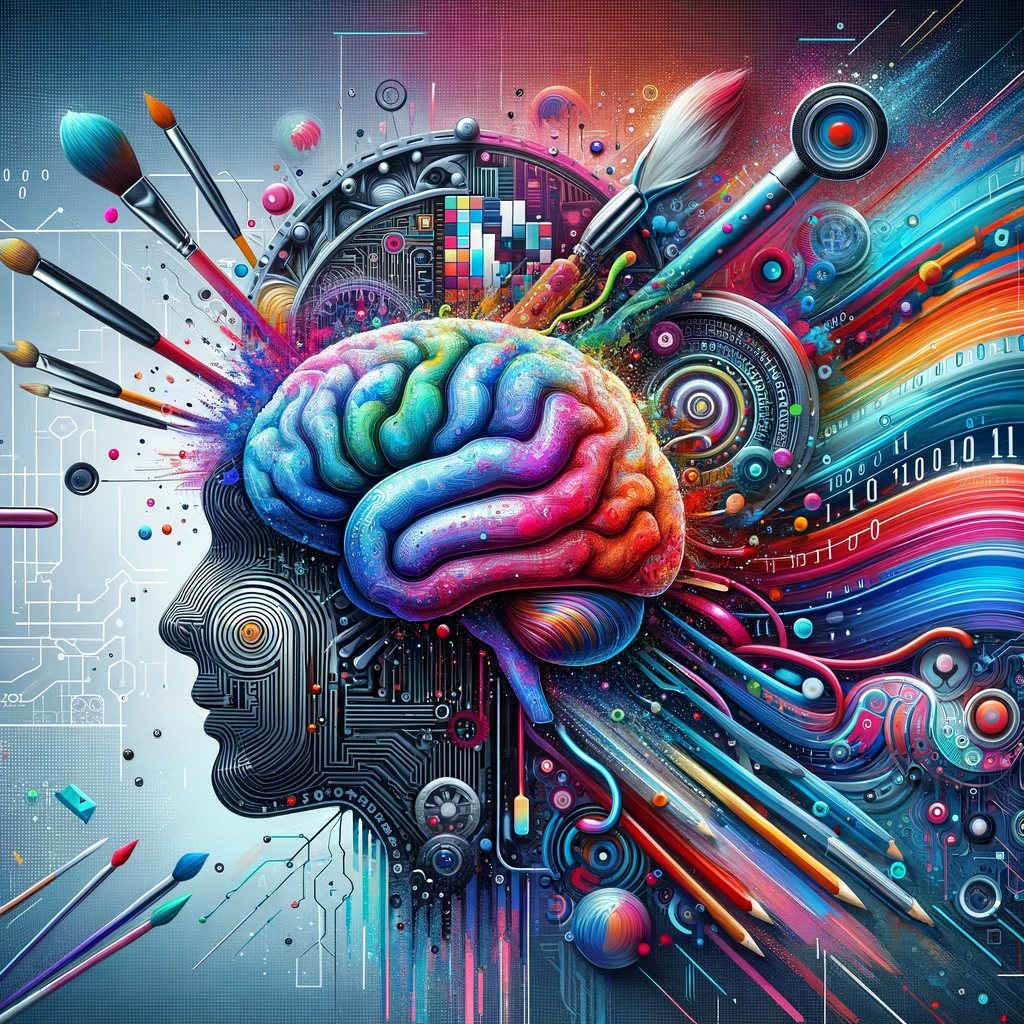The landscape of graphic design is undergoing a profound transformation, driven by the rapid advancements in Artificial Intelligence (AI). This technology, once a distant concept, is now at the forefront of reshaping creativity, workflow, and the very nature of design. As we look towards the next decade, it’s essential to explore how AI’s integration into graphic design will not only redefine the profession but also create a new paradigm for innovation, efficiency, and artistic expression.
The Evolution of AI in Graphic Design
Historically, graphic design has been a domain where human creativity and intuition played irreplaceable roles. Designers relied on their skills, experience, and artistic sensibilities to create visually compelling content. However, the advent of AI has introduced tools and systems capable of automating routine tasks, analyzing vast amounts of data for insights, and even generating creative content, challenging the traditional boundaries of the design process.
Automation and Efficiency
One of the most immediate impacts of AI on graphic design is the automation of repetitive and time-consuming tasks. Tools like Adobe’s Sensei leverage AI to automate processes such as cropping photos, refining image quality, and more sophisticated tasks like creating color palettes or generating layout suggestions. This automation not only streamlines the design workflow but also allows designers to focus more on the creative and strategic aspects of their projects.
Enhanced Creativity and Exploration
AI is not just a tool for efficiency; it’s also becoming a creative partner. With technologies like generative adversarial networks (GANs), designers can explore a wider range of possibilities and iterations faster than ever before. AI can generate multiple design options based on initial parameters set by the designer, pushing the boundaries of creativity and enabling the exploration of novel concepts and styles that may not have been considered otherwise.
Personalization at Scale
The ability of AI to analyze data and learn from interactions is revolutionizing personalized design. AI-driven tools can create customized content for individual users by understanding their preferences, behaviors, and engagement patterns. This level of personalization, which would be impractical for human designers to achieve at scale, is particularly impactful in marketing and advertising, where tailored content can significantly increase engagement and conversion rates.
The Role of Data in Design
AI’s capacity to process and analyze large datasets is empowering designers with deeper insights into user behavior and design trends. This data-driven approach enables more informed decision-making, ensuring that designs are not only aesthetically pleasing but also effective in achieving their intended objectives. Moreover, AI’s predictive capabilities are helping forecast future trends, allowing designers and brands to stay ahead of the curve.
Challenges and Ethical Considerations
Despite its benefits, the integration of AI in graphic design raises several challenges and ethical considerations. The question of originality and copyright in AI-generated designs is a significant concern, as it blurs the lines between human and machine-created content. Additionally, there’s an ongoing debate about the impact of automation on employment within the design industry, with fears that AI could displace traditional design roles.
Preparing for the Future
As AI continues to evolve, it’s imperative for designers to adapt to these changes. This involves not just learning how to use AI tools, but also understanding the underlying principles of AI and machine learning. Embracing a multidisciplinary approach that combines design skills with technical knowledge will be crucial for designers looking to thrive in this new landscape.
Predictions for the Next Decade
Looking ahead, we can expect AI to become even more integrated into the fabric of graphic design. Here are some predictions for the next decade:
- Seamless Human-AI Collaboration: AI will act as a co-creator, offering real-time suggestions and enhancements to the design process, making the collaboration between human creativity and AI more seamless and intuitive.
- Evolution of Design Roles: The role of the designer will evolve, with a greater emphasis on conceptual thinking, strategy, and the ethical use of AI, rather than just execution.
- More Accessible Design: AI will democratize design, making professional-level design tools and capabilities accessible to non-designers, thus expanding the creative community.
- Sustainable Design: AI will play a key role in creating more sustainable design practices by optimizing resource use and reducing waste in the design and production processes.
- Ethical AI Design Frameworks: The design industry will develop standardized ethical guidelines and frameworks for AI use, addressing concerns around copyright, privacy, and the societal impact of design decisions.
Conclusion
The integration of AI into graphic design is not just a trend but a significant shift that will continue to shape the industry in the years to come. By enhancing efficiency, enabling unprecedented levels of creativity, and offering insights into user behavior, AI is redefining what’s possible in graphic design. As we navigate this evolving landscape, the synergy between human creativity and AI will unlock new opportunities and challenges, heralding a future where design is more accessible, personalized, and impactful than ever before. The next decade promises a journey of discovery, innovation, and transformation in the world of graphic design, driven by the limitless potential of AI.
